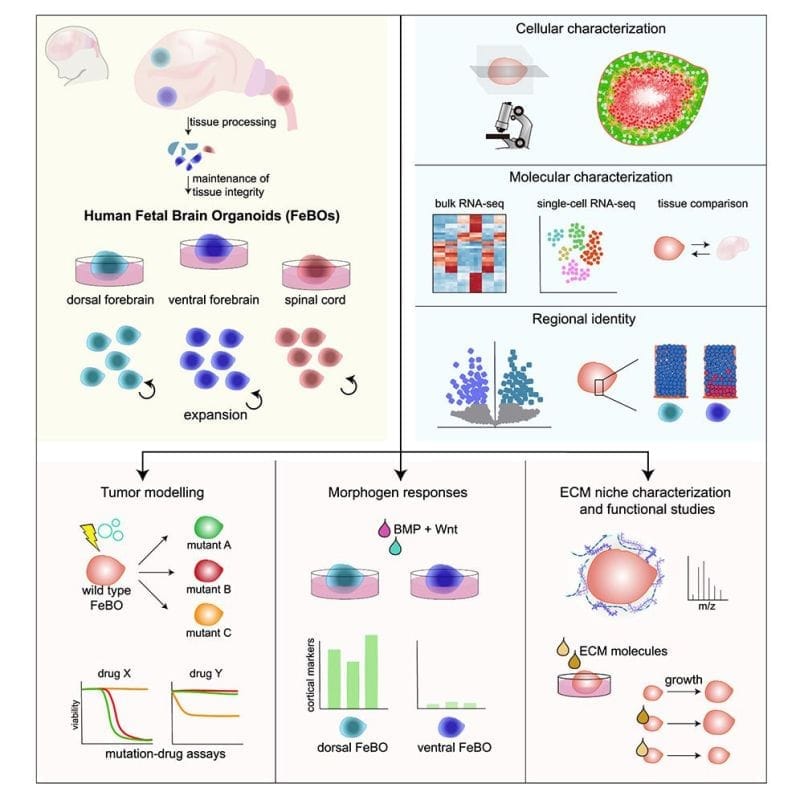Human fetal brain organoids: a controversial new platform
A glimpse into the developing brain and a platform for future discovery

The brain is the most complicated organ in the human body.
And the human brain is probably the most complicated organ of any species on earth.
It has a highly folded and layered structure with much greater cellular diversity than the brains of other mammals.
It's also the organ that gives us our intelligence and basically defines us as humans.
We've learned a lot about the brain by studying it extensively in animal model systems.
In the last few decades we've also discovered how to study organ tissues and their development by isolating and culturing stem cells outside of the body.
And more recently we've figured out how to grow these cells into 3D structures called ‘organoids’ which can mimic the cellular behavior of organs.
For example heart organoids can beat and some brain organoids can have electrical activity that allow us to study in more detail how these organs develop and function.
But stem cells can be a pretty controversial topic because of how they are obtained.
They come in two forms, tissue stem cells (TSCs) and pluripotent stem cells (PSCs).
TSCs are cells from tissues that when grown in the right conditions maintain their cellular identity.
The easiest TSCs to grow are from tissues that have an innate capacity to regenerate like intestinal or liver cells.
PSCs are cells that can basically turn into any cell in the body. They haven't differentiated yet and under the right conditions can be coaxed to form a wide variety of different cell types.
Some TSCs can be derived from adult tissue, and adult cells can also be reprogrammed into something that looks and behaves similarly to a PSC, but the best source for each of these stem cell types is to obtain them from fetuses.
That's because fetal tissues behave very differently from adult tissues and fetal cells can be cultured and expanded for long periods of time before they become unusable.
The authors of today's paper were the first to establish stable cultures of human fetal cells from 3 different regions of the central nervous system: dorsal forebrain, central forebrain and spinal cord.
They showed that these distinct cellular populations could maintain their identity indefinitely and would only differentiate into more mature compositions when switched to a maturation media.
These fetal cells also self-organized into complex organoids (FeBOs), forming more natural cellular microenvironments including the establishment of an extracellular matrix.
These are important developments because these organoids can be used for studying the brain's cellular microenvironment, brain development, or as models for brain tumors and their treatment.
Read the full issue of Omic.ly Premium 18


